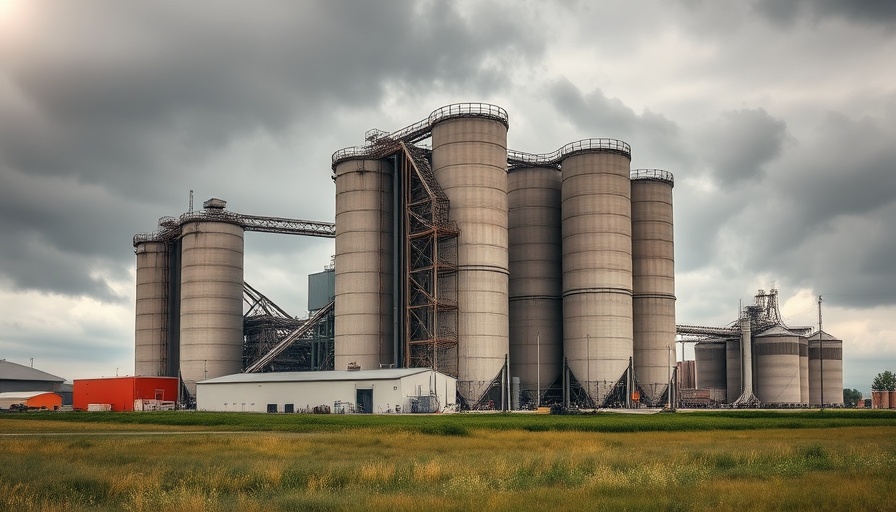
Revolutionizing Cement Production: Ecocem’s Bold Move
In a landscape where concrete production emits a staggering volume of CO2, Ecocem is leading the charge towards a more sustainable future with the introduction of its ACT I cement, recently certified under ASTM C1157. This innovative, ternary blended cement is not just about reducing emissions; it embodies a paradigm shift in how we think about cement's role in construction.
Ecocem’s North American Journey
After over two decades of success in Europe, with over 2 million tons of low-carbon cement produced annually, Ecocem is keen to establish its presence in the U.S. The company plans to build a facility at the Port of Los Angeles, signaling a commitment to revolutionizing the supply chain in California. As Steve Bryan, managing director of Ecocem Americas, asserts, California's current deficit in supplementary cementitious materials (SCMs) opens vast opportunities for innovative solutions like ACT.
The Art and Science of Ternary Blended Cement
What sets ACT I apart is its unique composition that includes a mix of traditional cement with limestone and other SCMs. This approach not only lowers carbon emissions but also enhances the strength and durability of the product. The traditional view of cement standards, typically prescriptive, is being challenged. The focus has shifted to performance, enabling a new era where cements can be tailored to meet specific demands without strictly adhering to outdated chemical compositions.
California’s Need for Sustainable Solutions
California's construction industry faces unique challenges, including sulfate-rich soils and a lack of ideal aggregate sources. With its innovative technology, Ecocem aims to fill the gap, helping local contractors meet the state's demand for durable and sustainable materials. The projected impact is staggering; by 2050, the goal is to lower clinker amounts by around 50% in the cement mix, aligning with environmental goals while supporting economic growth.
The Future of Cement: Blended Innovation
As touched upon in the American Cement Association's insights, blended cements—alliance between traditional cements and pozzolans or slag—offer the future of sustainable construction. They allow a significant reduction in the carbon footprint associated with concrete without compromising its integrity or performance. Industry movements towards less clinker and more sustainable alternatives demonstrate a growing recognition of the need for greener building practices.
Taking Action Now for a Sustainable Tomorrow
For industry professionals, from architects to contractors, the move towards low-carbon solutions like Ecocem’s ACT I represents more than just a trend; it’s a necessary evolution in the face of climate change. Embracing these innovations not only contributes to sustainability but also positions businesses as leaders in a rapidly changing market.
 Add Row
Add Row  Add
Add 




Write A Comment